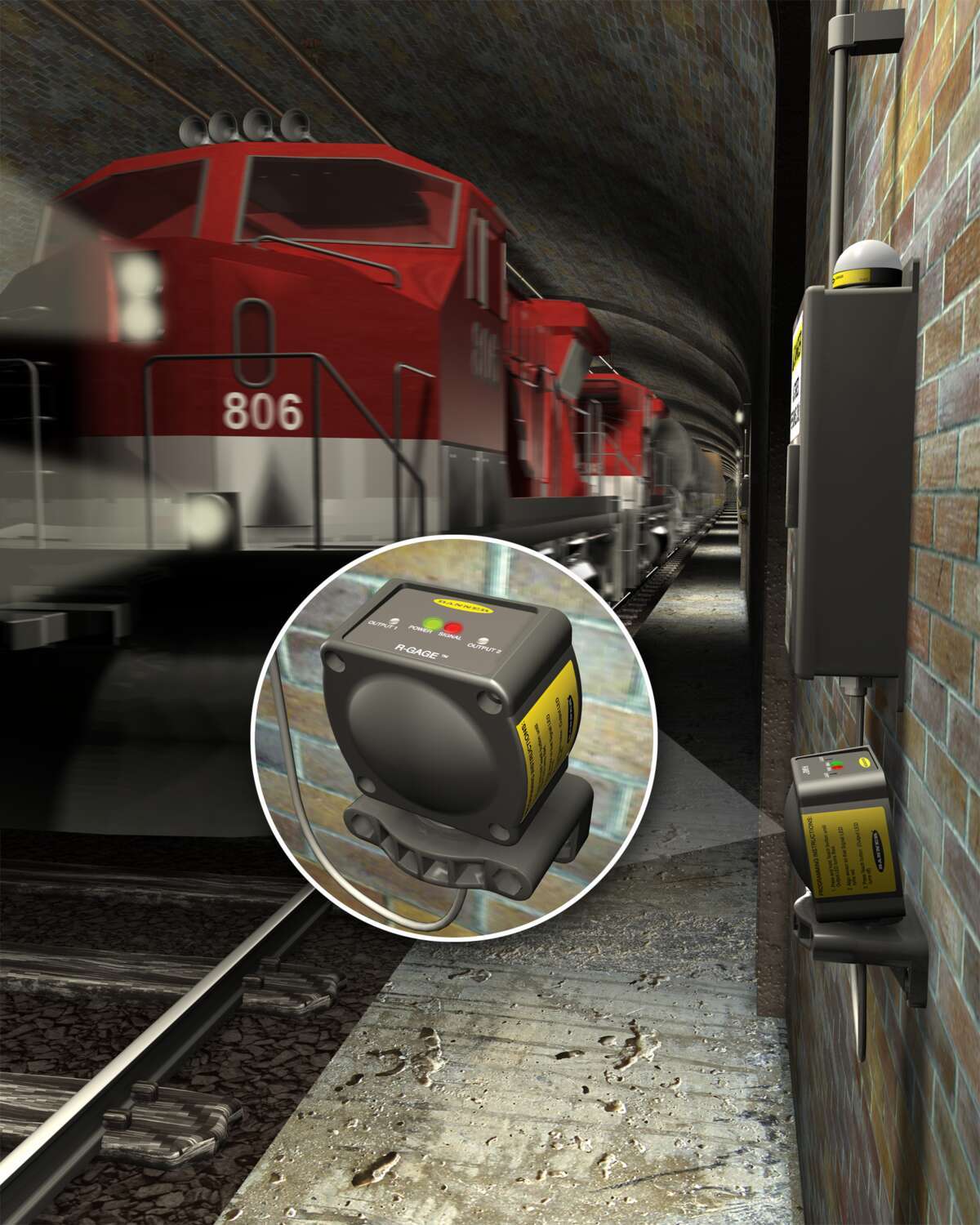-
Company
-
Banner Blog
-
When to Use Radar Sensors for Vehicle Detection

When to Use Radar Sensors for Vehicle Detection
Summary: In our series on vehicle detection, we've been looking at various vehicle detection technologies, their advantages, and important things to take into consideration when implementing a solution. The ability to reliably detect vehicles offers significant advantages for asset management, resource allocation, site safety and traffic control.
This article explains how and when and radar sensor can be used for vehicle detection, as well as the key benefits of this technology.
Read the first article in the series: 3 Advantages of Wireless Magnetometers for Vehicle Detection.
What is a Radar Sensor?
Radar sensors use Frequency Modulated Continuous Wave (FMCW) radar to reliably detect moving or stationary targets, including cars, trains, trucks and cargo in extreme weather conditions.
Advantages of Radar Sensors for Vehicle Detection
1. Long Range Detection
Radar sensors use Frequency Modulated Continuous Wave (FMCW) radar to reliably detect moving or stationary targets, including cars, trains, trucks and cargo in extreme weather conditions.
2. Immunity to Ambient Weather Conditions
Unlike photoelectric or ultrasonic sensors, radar sensors are not affected by conditions such as wind, rain, fog, light, humidity and air temperature. This results in accurate detection in outdoor environments.
For example, trains create difficult environments for mechanical and technical equipment to operate properly. Passing trains create excess wind, dirt, debris, and potential for impact. A radar sensor can reliably detect the presence of trains even in harsh conditions. Similarly, a radar sensor can also be used to reliably detect the presence of large trucks at an outdoor loading dock even in extreme weather conditions.
3. Flexible Mounting
For train detection applications, a radar sensor offers many advantages including flexible mounting. Because a radar sensor does not need to be mounted on the train track, installation and maintenance are safer and easier compared to other sensing technologies. In addition, since radar sensors are not mounted on the tracks, the devices are at a lower risk of damage due to high impact.
Important Considerations
It can be challenging for radar sensors to detect smaller targets as well as vehicles with little separation between them (such as in bumper-to-bumper traffic). For this reason, a common application of radar sensors is to detect train cars, which are both large and predictable.











